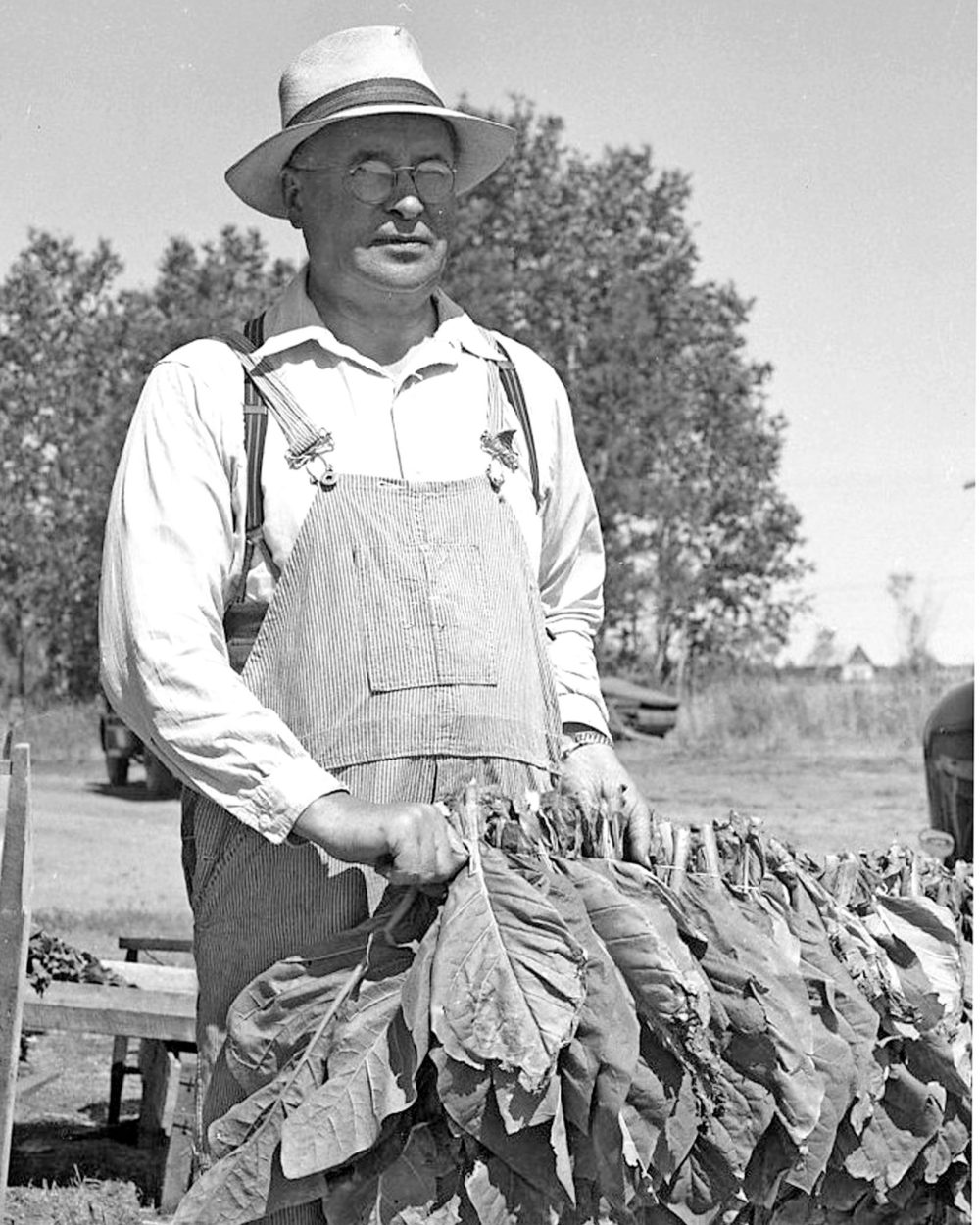COLUMN: Carillon Flashback September 14, 1962 – Marchand tobacco may become next new cash crop for Manitoba
Advertisement
After several years of experimental production, tobacco grown at Marchand is beginning to show promise of becoming another new cash crop for Manitoba.
Mars Lipsit, manager of the Marchand project, told The Carillon News that judging by the yield of some of the 33 varieties being grown, a target of 1,500 pounds per acre could be met, not that far into the future. The 1,500 pounds is the production yardstick used to determine when the tobacco crop would become profitable, he said.
The tobacco growing experiment was panned by Winnipeg daily newspapers last year, claiming trying to grow tobacco in Manitoba was a waste of time, as the crop could never be grown profitably in the province.

Lipsit hopes these naysayers will take note of the results of this year’s experiment. Dr. A. C. Ferguson of the plant science department at the University of Manitoba agrees with him.
“For the past three years, we have only experimented to determine whether or not we could match the quality of eastern growers. Now we are working on monitoring and collecting yield data to find the most productive variety for this area.”
The Marchand experiment grows 33 varieties side by side, including the best available on the North American market. In addition to the variety of seeds, each variety has had a variety of fertilizer trials done on it.
This means there are hundreds of carefully marked stakes in the large plot and details of the plants in each section are recorded very carefully. The crop is picked by hand and the number of leaves each plant has borne is recorded before the leaves go into the kilns, where they are cured to a soft, golden yellow before they are off to the tobacco factory.
In addition to tobacco, the experimental plot at Marchand is also growing mint and coriander seeds, along with several other crops.
Experiments with tobacco growing in Southeastern Manitoba in the early 1950s showed that a great grade of cigarette tobacco could be grown successfully here. But at that time, there was no market for the product and the land best suited for tobacco would stay in jack pine and blueberries.
In charge of the experiment at Marchand, seven years ago was agricultural representative C.S. Prodan, who served the RM of Springfield and parts of Tache and Reynolds. Steinbach area agricultural representative Fern Paquin assisted with the Marchand plots of tobacco grown for the Extension Service and the University of Manitoba.
The crop grown on the Davidson Farm at Marchand was a cigarette type of tobacco, with seeds provided by the Dominion Experimental Station at Ottawa.
While the plants looked good, the quality of the tobacco is only determined after the leaves are cured. The Manitoba experiment was initially more concerned with the quality of the plants grown here, rather than determining the quantity that could be produced.
A 1954 sample sent to an eastern factory graded Number 2, which would have fetched 30 cents a pound. Prodan had an experimental plot at Prawda that produced 1,100 pounds of cured tobacco per acre.
“Unfortunately, the east grows all the tobacco it needs and there is absolutely no market for Manitoba grown tobacco.”
Prodan was formerly an agricultural representative at Vita and believes there are at least 60,000 acres of land in the Southeast that could grow tobacco successfully.
